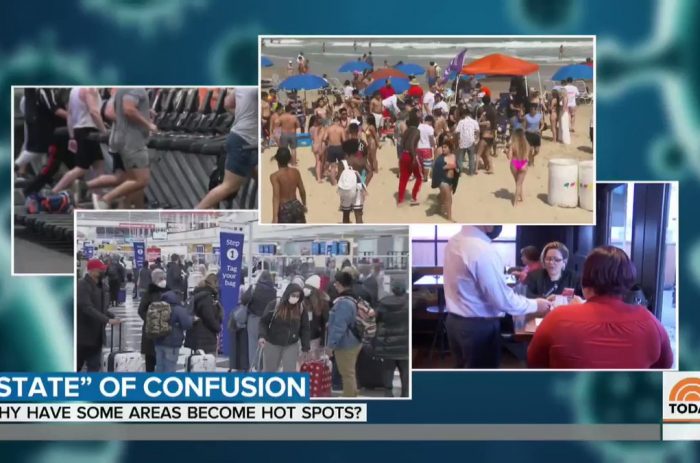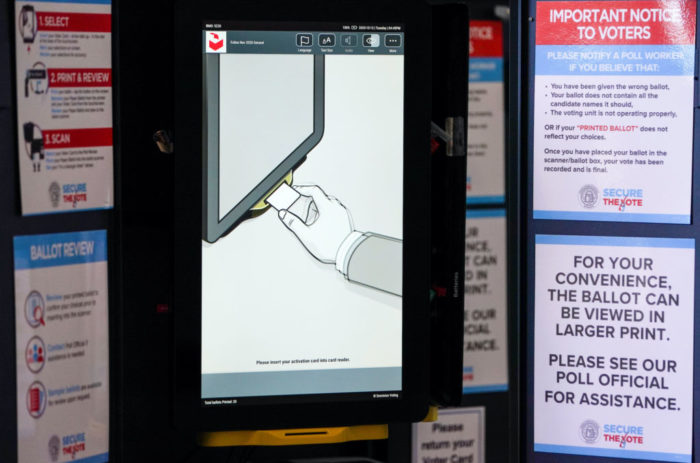redo Jump to...
print Print...
Directions
-Read the excerpt below from Curtis Houck Sept. 12 post at Media Research Center.
-Read "Types of Media Bias" in the right column. Then answer the questions.
Thursday night’s edition of ABC World News Tonight with David Muir included a report from ABC News correspondent Clayton Sandell on the growing problem in Colorado with law enforcement encountering motorists [who] are driving while high on marijuana in the time since the state legalized its recreational use after voters approved it in 2012.
However, at the end of his report, Sandell pointed out that, in a piece that otherwise spotlighted the dangers of marijuana, “different studies disagree on whether stoned drivers are actually causing more crashes.”
After that, he made another pot joke following video of a police officer about to arrest a motorist who was high. Sandell remarked that individuals like him may “now could be headed for a different kind of joint.”
The ending to Sandell’s piece was unfortunate because the two-minute-long report highlighted the growing dangers in smoking marijuana and then getting behind the wheel. In addition, he followed around police officers in Colorado as they conducted traffic stops for individuals that were driving dangerously and erratically that they suspected could be driving high.
Sandell also included interviews with a Denver Health doctor expressing concern and a woman who was seriously injured in a car accident by someone driving high.
Further, Sandell reported that “Colorado state troopers have written nearly 230 citations for driving high” and research by a team of doctors at Denver Health found that, in Colorado, “the number of drivers testing positive” for marijuana “after fatal crashes doubled.”
The report on Thursday’s World News Tonight was quite similar to a report by NBC News correspondent Miguel Almaguer on March 10’s Today, that included a ride-along with a Colorado State Patrolman and video of officers training how to recognize motorists who are high. As the Media Research Center’s Kyle Drennen reported, the story also cited that “[m]ore than half of Colorado’s 61 arrests made in January for impaired driving involved someone who was high.”
Overall, Sandell’s story marked the latest installment in the on-going pattern of broadcast networks ABC, CBS, and NBC going back and forth in portraying the drug in either a positive or negative light. Reports have ranged from Almaguer’s critical report for Today in March to CBS This Morning and Today on July 7 pushing puff pieces on pot.
Watch a portion of the report:
(from Media Research Center)
To accurately identify different types of bias, you should be aware of the issues of the day, and the liberal and conservative perspectives on each issue.
Types of Media Bias:Questions
1. Do you think the excerpt below is an example of media bias? Explain your answer.
2. What responsibility does ABC and other news organizations to seriously report on the fact that driving while high is creating dangerous driving situations? Explain your answer.
3. Is is necessary for ABC to point out “some studies disagree”? How credible are these other studies? Explain your answer.
Scroll down to the bottom of the page for the answers.
Answers
1. No, it is not media bias. It does not fit any of the types of bias: omission, story selection, selection of sources, spin, labeling or placement. Rather, it could be seen as media irresponsibility.
2. Opinion question. Answers vary.
3. Opinion question. Answers vary.



